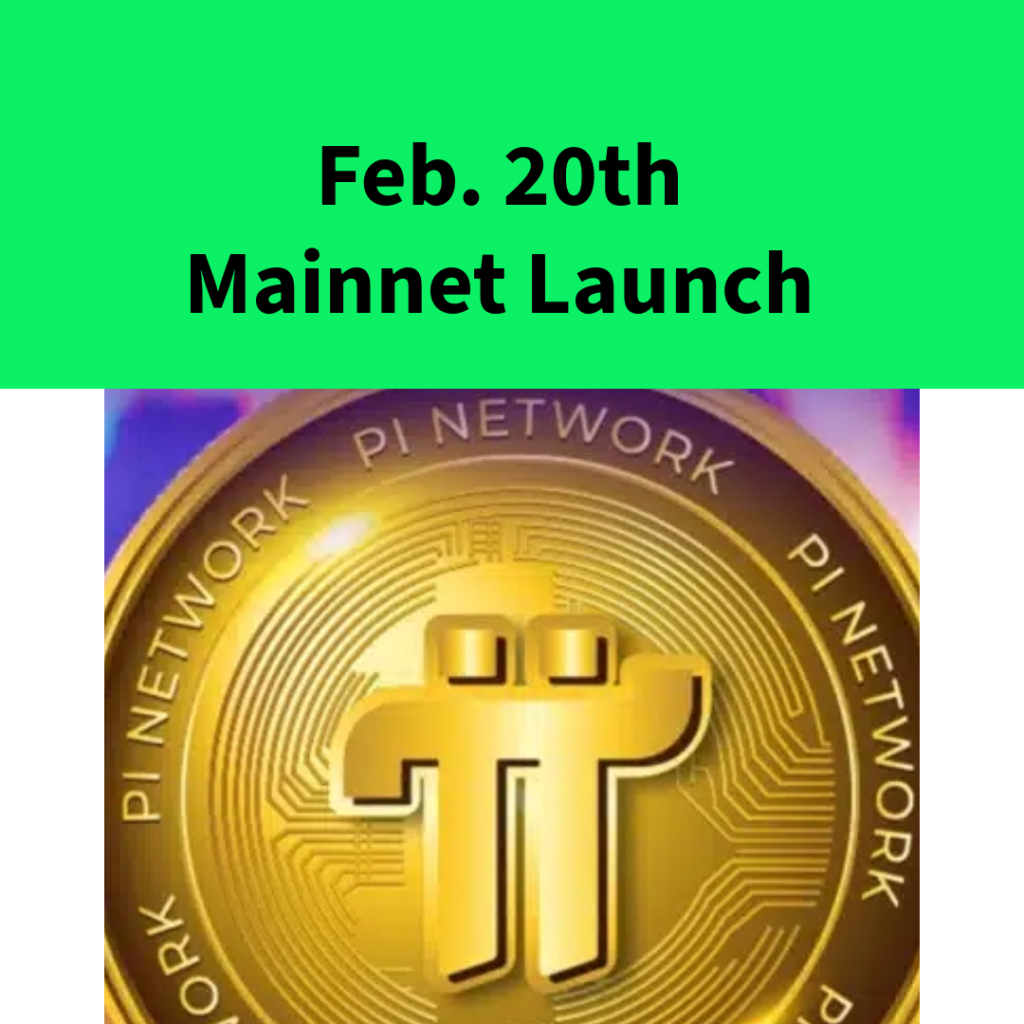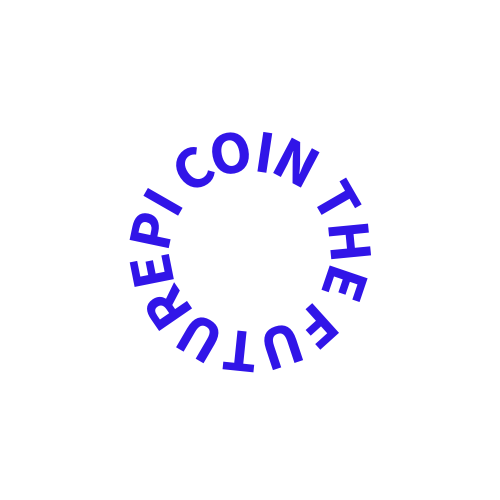Pi Network February 20: The Official Open Mainnet Launch Date

Pi Network February 20. The cryptocurrency world has been closely following Pi Network, one of the most talked-about blockchain projects in recent years. Now, a major announcement has sent waves through the Pi community—February 20 has been set as the official launch date for Pi Network’s open mainnet.
This milestone, published in the Pi mining app by the Pi Core Team, marks a significant transition from the enclosed mainnet phase to full public trading and blockchain accessibility. But what does this launch mean for Pi holders and the broader crypto industry? Let’s dive into the details.
Pi Network’s Journey to Open Mainnet
Pi Network was launched in 2019 with a mission to make cryptocurrency accessible to everyone. Unlike traditional cryptocurrencies like Bitcoin, which require energy-intensive mining equipment, Pi Network allows users to mine Pi Coins directly from their smartphones. Over the past few years, the network has grown exponentially, boasting over 45 million engaged users.
However, until now, Pi Network has been operating in an enclosed mainnet phase, meaning that Pi Coins could only be used within the Pi ecosystem and were not tradable on external exchanges. This phase was necessary to finalize KYC (Know Your Customer) verification, develop the blockchain infrastructure, and ensure security before fully opening to the public.
Why Is February 20 a Game-Changer?
The announcement that Pi Network will launch its open mainnet on February 20 is significant for several reasons:
1. Public Trading Will Begin
Once the open mainnet goes live, Pi Coins will be available for trading on cryptocurrency exchanges. This means that Pi holders can finally exchange their mined coins for other cryptocurrencies or fiat currencies like USD, EUR, or GBP.
2. Market Valuation Will Be Established
Until now, the value of Pi Coin has been speculative, as there has been no open market price. With the launch of the open mainnet, the true market value will be determined by supply and demand on trading platforms.
3. Increased Adoption and Partnerships
Businesses and merchants will be more likely to accept Pi Coins as a form of payment once they become liquid and tradable. This could lead to greater real-world utility for Pi, strengthening its position as a decentralized digital currency.
4. Blockchain Integration and DApp Development
With open mainnet, developers can build decentralized applications (DApps) on the Pi Network blockchain, fostering a growing ecosystem of products and services that utilize Pi Coin.
5. Global Accessibility
Pi’s enclosed ecosystem has limited its reach. With the open mainnet, people worldwide will be able to buy, sell, and use Pi Coin freely, making it a true global digital asset.
Pi Network’s Current Value and Speculated Price
Many Pi users and investors have been eager to determine the potential value of Pi Coin. Here’s what we know so far:
- IOU Markets: Some cryptocurrency exchanges have already been offering IOU (I Owe You) trading for Pi Coin, with prices ranging between $40 and $50 per Pi.
- Peer-to-Peer Transactions: Within social media communities, some users have been selling Pi for as little as $1 per coin. However, these transactions are unofficial and unregulated.
- Expected Price Post-Mainnet: The true price of Pi Coin will only be established once trading begins on major exchanges. Factors like adoption, trading volume, and demand will influence its value.
What Pi Users Need to Do Before February 20
With the open mainnet launch around the corner, Pi users must take several important steps to prepare:
1. Complete KYC Verification
Only users who have passed the KYC process will be able to transfer their Pi Coins to the open mainnet. If you haven’t completed your KYC yet, check your Pi mining app for verification eligibility.
2. Set Up a Pi Wallet
To securely store and manage your Pi Coins, ensure you have set up your official Pi Coin Wallet through the Pi Network app. This will allow you to send, receive, and store Pi once the open mainnet is live.
3. Stay Updated on Exchange Listings
Follow Pi Network’s official channels and major cryptocurrency exchanges to stay informed about where Pi Coin will be listed for trading.
4. Plan Your Strategy
Decide whether you want to hold your Pi for long-term gains or trade it immediately after launch. Researching market trends and potential use cases can help inform your decision.
Challenges and Risks of Pi Network’s Open Mainnet
While the launch of the open mainnet is a major milestone, it also comes with some challenges and risks:
- Price Volatility: Like all cryptocurrencies, Pi Coin’s price is expected to be volatile in the early days of trading.
- Scams and Fraud: Be cautious of scammers who may try to exploit the transition to open mainnet. Only use official Pi Network channels and reputable exchanges.
- Regulatory Uncertainty: Cryptocurrency regulations vary by country, and Pi Network’s compliance with global financial laws will be crucial for its success.
Conclusion
The February 20 open mainnet launch of Pi Network marks the beginning of a new era for Pi Coin holders. With trading set to commence, real-world adoption opportunities expanding, and the potential for significant market value growth, the cryptocurrency community is watching closely.
Whether you are a long-time Pi miner or someone just discovering Pi Network, this is a critical time to stay informed and prepare for the next phase of this groundbreaking digital currency. As Pi Network moves toward full decentralization and integration into the global financial system, its success will depend on the strength of its community, the stability of its blockchain, and the level of real-world utility it achieves.

Leave a Reply